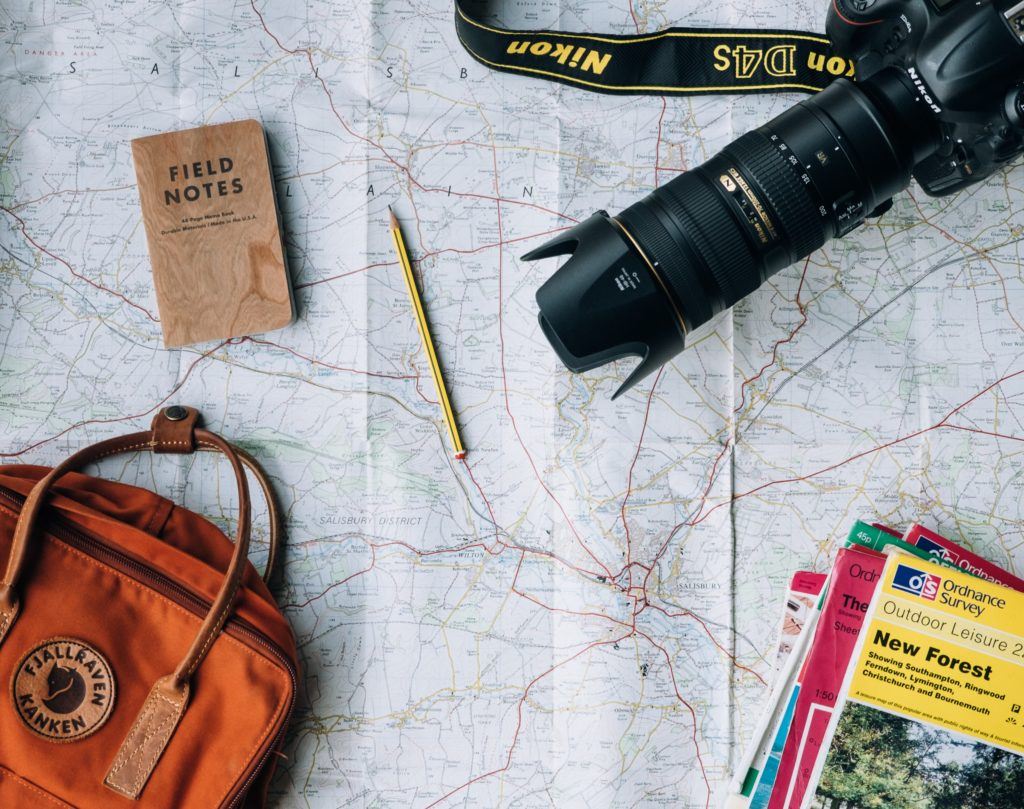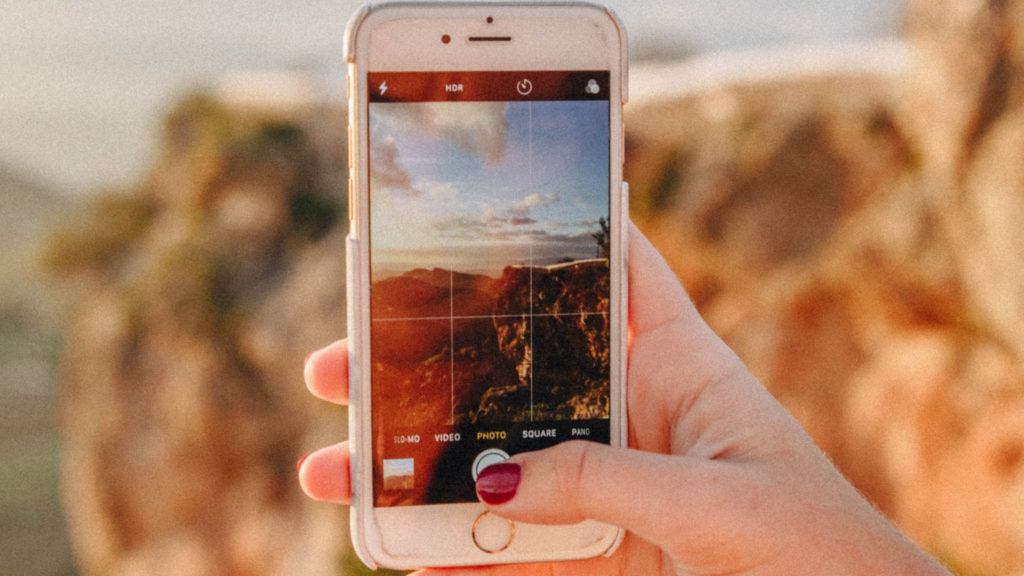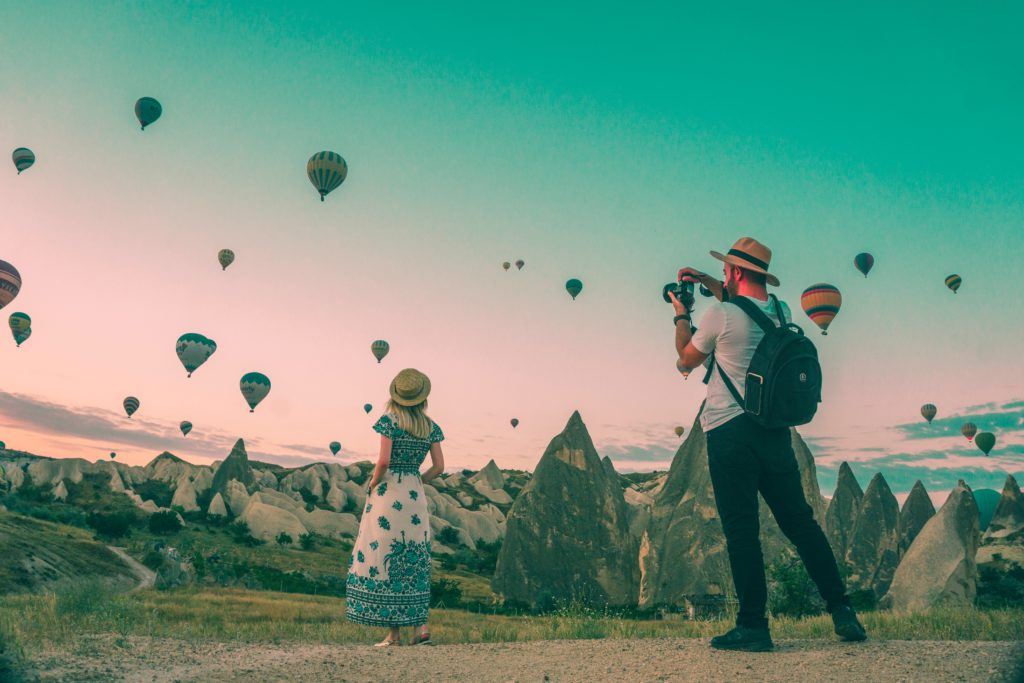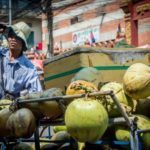If you are one of many who loves traveling, having photo memories to keep and to share with others is important. You want a photo that will leave an impression, inspire others to travel, and share what they have seen. “The best camera is the one you have on you” is a very true quote and it is especially relevant today with the advent of such amazing camera technology in our phones. Likely, the camera in your phone is more than enough and in the right circumstances, you may not need a “professional” camera gear.
With today’s technology, the understanding of basic photography is the only thing needing to be grasped. If you need the best of the best, or just want more options with your photos, finding a high-end camera as well as rentals may certainly be up your ally.
A Food Fun Travel Guest Post

Find Your Canvas
Find something that is completely different from what is normally seen in your everyday life. Talking with the locals can be an immense help. Ask for those spots that draw the most attention and brings people all around the world to see. You don’t want to spend your whole day wandering aimlessly looking for a good photo, so use your time wisely and ask around.
Once you find that spot, it goes much deeper than just snapping a photo. Go above and beyond! Don’t just point and click, and follow where the rest of travelers go. Instead, try to find a spot that is out of reach for most. There is never just one angle to any shot. An example of this can be a tree, a ledge, or a longer hike to get somewhere. Be safe and make sure that what you are doing is acceptable when doing this. Being too daring can get you injured or into trouble.
Now let’s look at some basic rules of photography! These rules can make your photos go from bland to wow.
Rule of Thirds

This is arguably one of the most important rules in photography. You might have seen the grid option in your camera application, right? If not, that’s okay! It’s common for this rule to be foreign. Simply, this is when you have a subject, such as a person, tree, or other structure in one-third of the photo, and the rest of the photo is contrasting and complimenting that subject. This can be a tree in the foreground of a mountain or a person with dark clothing contrasting a bright wall behind that person. Again, in one-third of the photo. The better the composition of the photo the better they will look if you choose to print them to a photo canvas print.
Lighting and Contrast
This can bring drama to an image and can convey more so what you want the viewer to feel as opposed to just see. It’s said that sunset provides the best lighting, which is when the light is the least adulterated and can be the brightest. This can also be used to bring contrast to the image. Think of contrast as two colors or lighting situations that are the exact opposite of each other, but still in the same photo as previously mentioned in “Rule of thirds”.
You can also consider a dark shadow casting over a brightly lit area or a dark area with a bright light peeking through bringing noir to the photo. This isn’t just limited to the indoors, this can be observed in mountains, caves, and canyons.

Long and Short Exposure
Shutter speed! This may be something that is hidden away if you are using a phone and can be utilized through a third-party application. Overall, it is a vital tool for taking unique photos. Shutter speed is essentially the amount of light your camera is going to take in. Normally when you point and click, the shutter is very quick, but it’s also possible to slow that speed down, which can give you motion in light. This can display a trail of light, or giving you light when needed in a dark situation.
Some examples of this can be caves, stars in the night sky, or more frequently seen with moving light, such as cars and other automobiles. Do keep in mind, the slower the shutter, the steadier your camera will need to be. A proper tripod and mount may be necessary for these situations, but the results will speak for themselves.

Above are crucial techniques to really make the photos you take worth it when traveling. Additionally, it will really convey what you saw in a manner that is inspiring and is print-worthy to hang. Mastering these crucial techniques can lead to grandiose photos. “The best camera is the one you have on you” is a statement truer than ever, and a camera is always capable of incredible photos in the right hands.
Safe travels!



